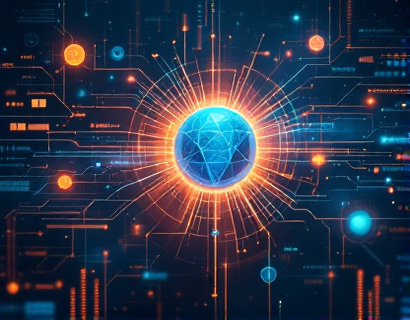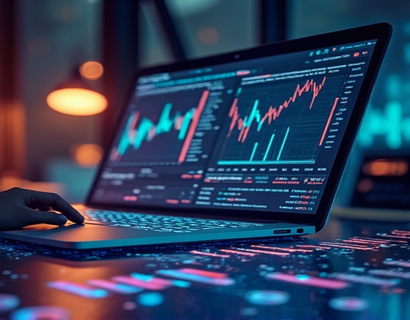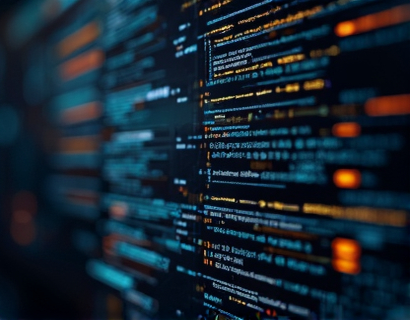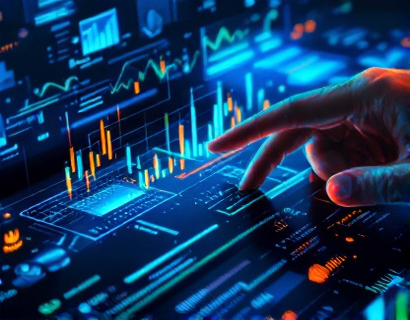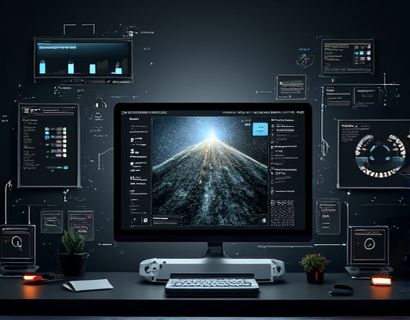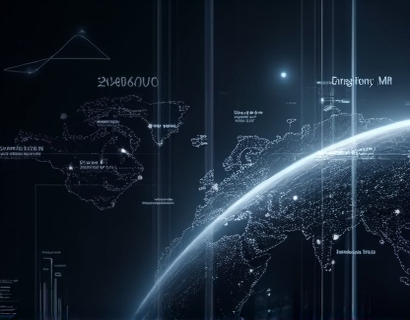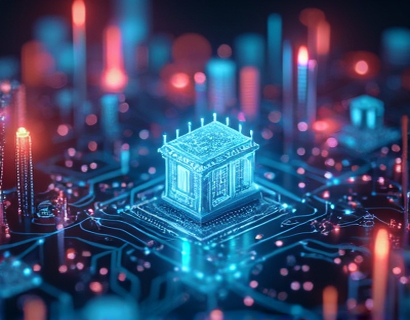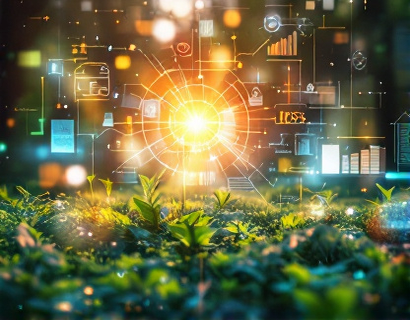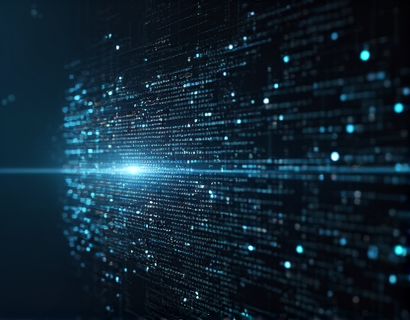Maximizing Aquaponics Business Success with Advanced Management Software
In the rapidly evolving world of sustainable agriculture, aquaponics stands out as a promising method that combines aquaculture and hydroponics to create a closed-loop ecosystem. This innovative approach not only enhances food production but also promotes environmental sustainability. For aquaponics businesses, managing the intricate balance between fish and plant life while ensuring optimal growth conditions can be challenging. Advanced management software plays a crucial role in streamlining operations, boosting productivity, and enhancing sustainability. This article delves into how such software can transform aquaponics management, providing tools for precise monitoring and control, and fostering a thriving ecosystem that yields healthy produce while minimizing environmental impact.
Understanding the Challenges of Aquaponics Management
Aquaponics systems are complex, involving the interplay of water quality, temperature, pH levels, and biological balance. Managing these factors requires constant monitoring and adjustments to ensure the health and productivity of both fish and plants. Traditional methods often rely on manual measurements and observations, which can be time-consuming and prone to human error. Advanced management software addresses these challenges by offering automated monitoring and control features, allowing aquaponics operators to maintain optimal conditions with minimal effort.
Key Features of Advanced Management Software
Advanced management software for aquaponics is designed to integrate various aspects of the farming process into a single, user-friendly platform. Some of the key features include:
- Real-time monitoring of water parameters such as pH, temperature, dissolved oxygen, and ammonia levels
- Automated alerts for parameter deviations, enabling prompt corrective actions
- Integration with pumps, filters, and other equipment for automated control and adjustment
- Data logging and analysis tools for tracking system performance and identifying trends
- Growth stage monitoring for both fish and plants, providing insights into optimal harvesting times
- Nutrient management tools to optimize feeding schedules and reduce waste
These features collectively contribute to a more efficient and sustainable aquaponics operation, reducing the workload on farmers while ensuring the highest quality output.
Precise Monitoring and Control
One of the most significant advantages of advanced management software is its ability to provide precise monitoring and control over the aquaponics system. By continuously tracking water parameters, the software ensures that conditions remain within the ideal range for both fish and plants. For instance, if the pH level drops below the optimal range, the system can automatically trigger a dosing mechanism to adjust the pH. This level of precision is crucial for maintaining the health and productivity of the ecosystem.
Moreover, the software can simulate different scenarios and predict the outcomes of various adjustments, allowing farmers to make informed decisions. This predictive capability is particularly useful in preventing potential issues before they arise, thus minimizing downtime and maximizing yields.
Enhancing Productivity
Productivity is a key concern for any aquaponics business, and advanced management software plays a vital role in optimizing production. By automating routine tasks and providing real-time data, farmers can focus on higher-value activities such as system design, crop planning, and market analysis. The software's ability to monitor growth stages and provide insights into optimal harvesting times ensures that produce is harvested at the peak of freshness and nutritional value.
Additionally, the software can help in optimizing resource use. For example, by analyzing nutrient consumption patterns, the system can suggest adjustments to feeding schedules, reducing waste and lowering operational costs. This not only enhances profitability but also aligns with sustainability goals by minimizing environmental impact.
Promoting Sustainability
Sustainability is at the core of aquaponics, and advanced management software supports this mission in several ways. By optimizing resource use and reducing waste, the software helps in conserving water and energy, two critical resources in aquaponics operations. The precise control over water parameters ensures that water is used efficiently, with minimal loss through evaporation or contamination.
Furthermore, the software's data logging and analysis tools enable farmers to track their environmental footprint and make data-driven decisions to further reduce their impact. For instance, by monitoring energy consumption patterns, farmers can identify opportunities to switch to renewable energy sources or improve the energy efficiency of their equipment.
Integration with Other Systems
Advanced management software for aquaponics is not an isolated tool; it can integrate seamlessly with other systems to create a comprehensive farming solution. This integration can include:
- Climate control systems to maintain optimal temperature and humidity levels
- Lighting systems that simulate natural day-night cycles for plant growth
- Inventory management systems to track feed and other supplies
- Market analytics tools to forecast demand and adjust production accordingly
By integrating with these systems, the software provides a holistic view of the operation, enabling farmers to manage all aspects of their business from a single platform. This integration fosters better coordination and efficiency, further enhancing the overall performance of the aquaponics farm.
Case Studies and Success Stories
Several aquaponics businesses have already seen significant benefits from implementing advanced management software. For example, a medium-sized aquaponics farm in the United States reported a 30% increase in crop yield and a 25% reduction in water usage after integrating the software into their operations. The farm's owner attributed these improvements to the software's ability to maintain optimal conditions consistently, leading to healthier plants and faster-growing fish.
Another case study from a small-scale urban aquaponics operation in Europe showed a 40% reduction in operational costs within the first year of using the software. The farmer was able to automate many routine tasks, freeing up time to focus on marketing and expanding the business. The software's data analytics features also provided valuable insights into customer preferences, helping the farmer tailor his product offerings to meet market demand.
Future Trends in Aquaponics Management Software
The field of aquaponics management software is rapidly evolving, with new technologies and innovations on the horizon. Some of the future trends include:
- Artificial Intelligence (AI) and Machine Learning (ML) for predictive maintenance and optimized decision-making
- Internet of Things (IoT) devices for enhanced real-time monitoring and control
- Blockchain technology for traceability and transparency in the supply chain
- Virtual and augmented reality tools for remote monitoring and training
These advancements will further enhance the capabilities of management software, making aquaponics operations more efficient, sustainable, and profitable.
Conclusion
Advanced management software is a game-changer for aquaponics businesses, offering a suite of tools that streamline operations, boost productivity, and promote sustainability. By leveraging these technologies, aquaponics farmers can overcome the challenges of managing a complex ecosystem, leading to higher yields and reduced environmental impact. As the industry continues to grow, the adoption of such software will be essential for staying competitive and contributing to a greener future.





